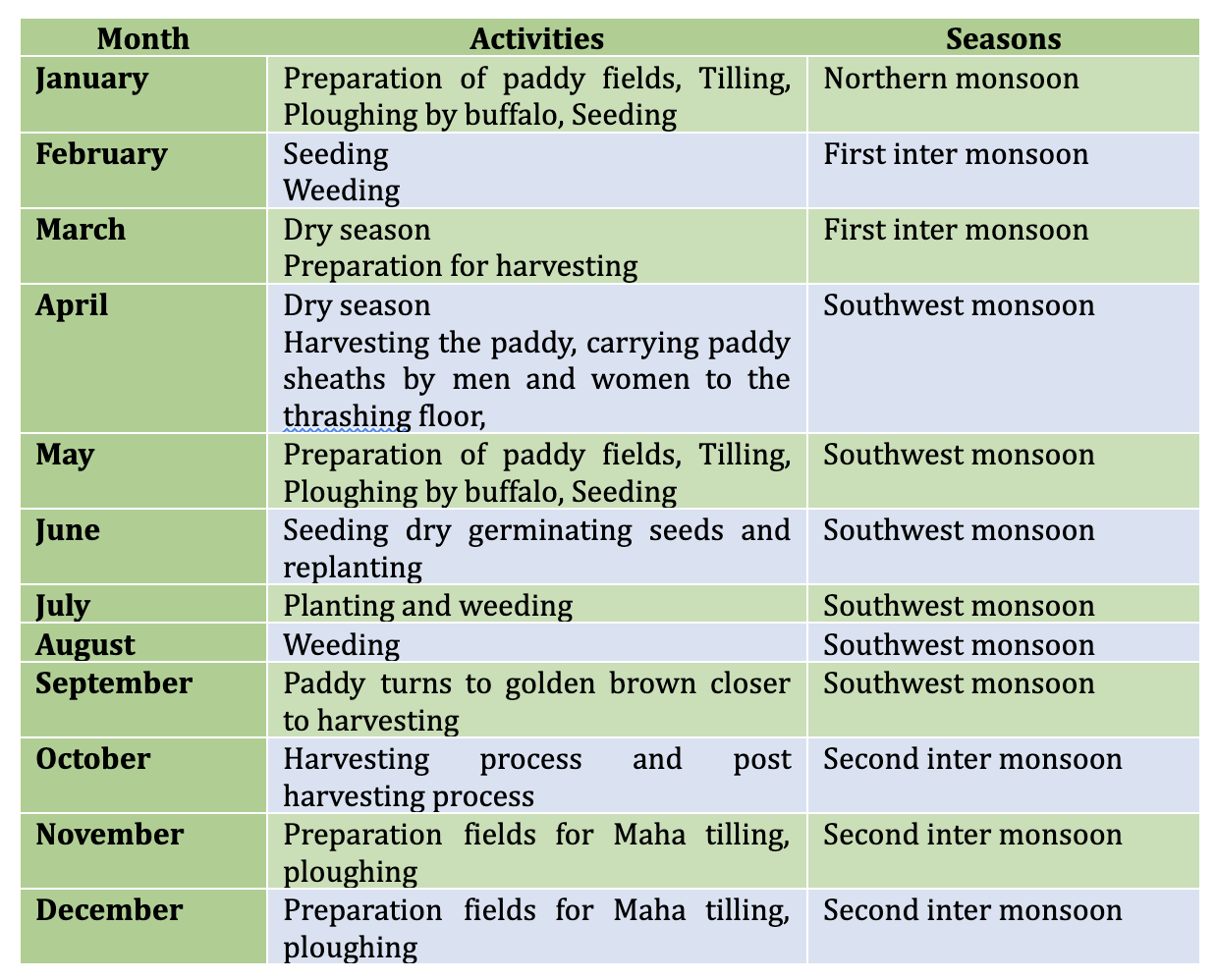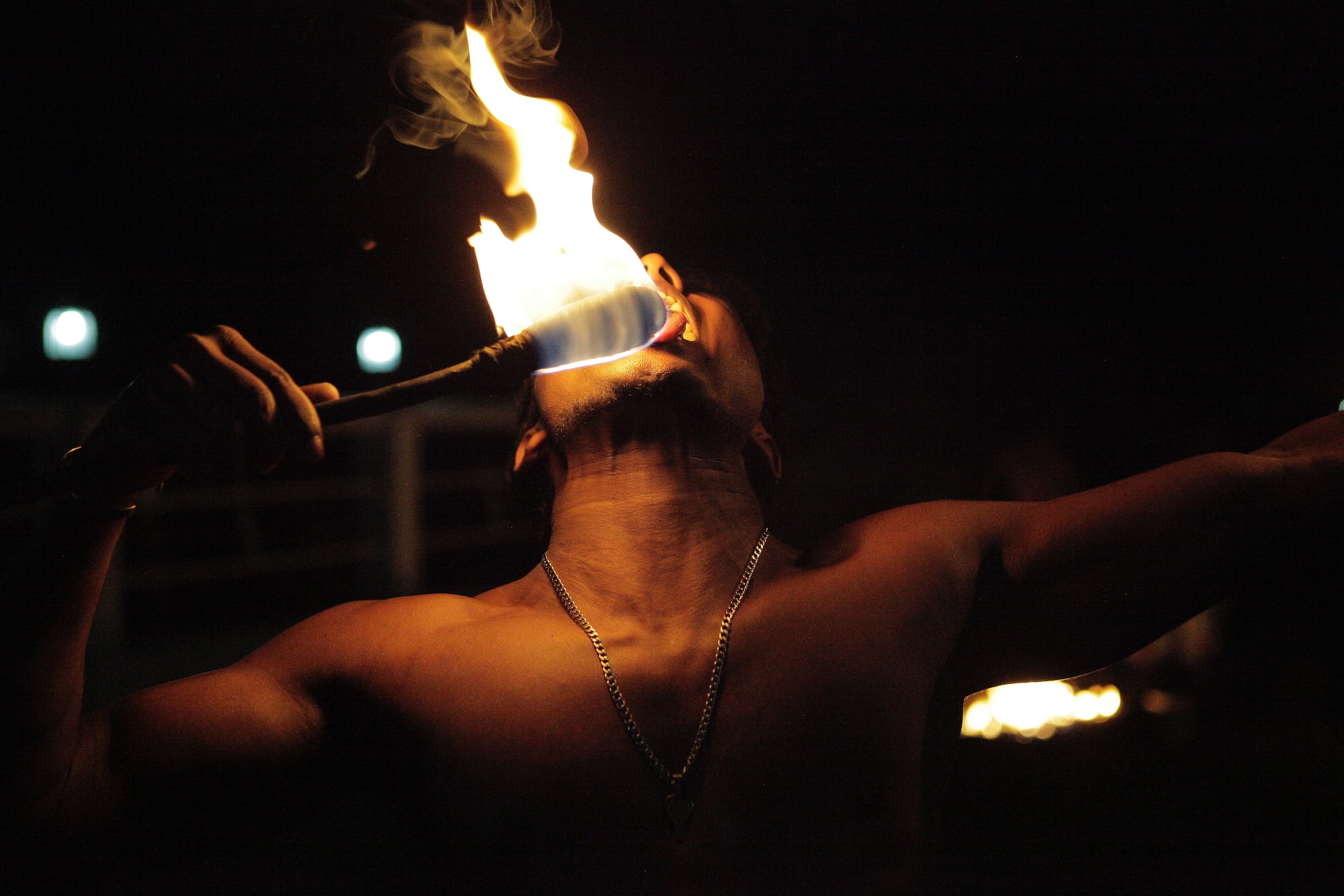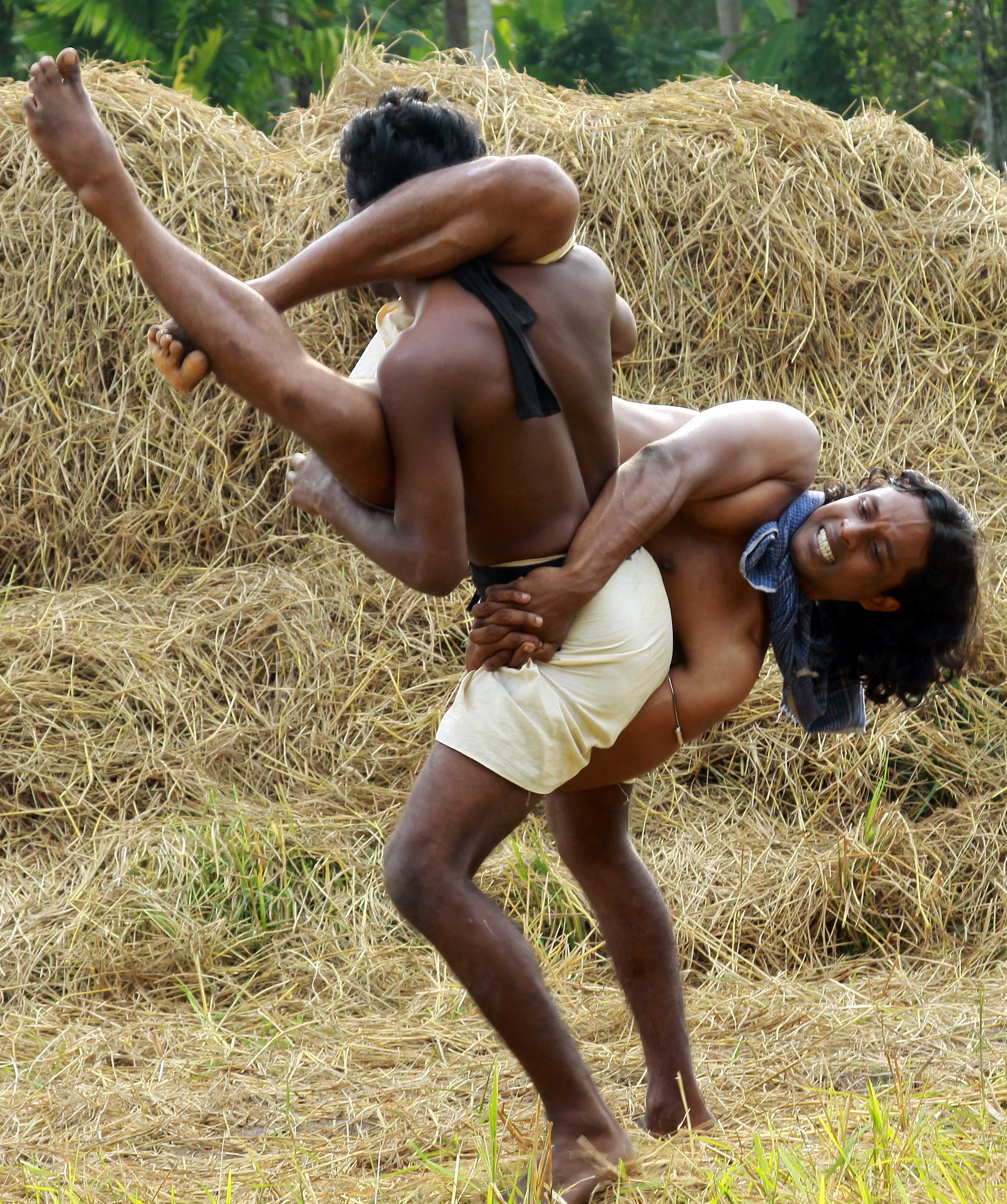Heel Oya Tourism Village
Medadumbara Division – Kandy District
The panoramic small hamlet Heeloya located IN Dumbara valley (the misty valley) in the famous and victorious hills of Kandyan kingdom is the most sought after land by the kings in those days. The valley covered by green forests and encircling blue mountain was the best defensive fortress for the land locked Upcountry kingdom and the kings threated area with lavish royal patronage. The fertile soils of the valley are a miraculous oasis for agronomic of the nation. This place of authenticity is surrounded by a range of mountains augmented by an array of cascading waterfalls and rivers which irrigate the fertile for paddy cultivation and agricultural purposes.
The paddy lands of this village have been devoted to the Bambaragala cave temple by the ruling kings during the 2nd or 3rd century BC according to the historians. Brahmi inscription s on the top of the cavr reveal that the ruling king of that era had bequeathed this cave temple to the sangha. The ruins of the ancient granary and existing renovated granary which belonged to Bambaragala cave temple are still in this village as solid evidence to this episode. King Kirthi Sri Rajasinghe (1747-1782 AD) had also developed the water canals to irrigate the paddy lands of Bambaragala cave temple by the water of the Kaludiya wala (Black water pool); a hidden waterfall to the village. Hence, the history of this village runs well over 2000 years. Former Archaeological Commissioner Dr. Senarath Paranavithana in his Inscription of Ceylon, Vol.1 (1970), writes about the Bambaraggala rock inscriptions dated beyond Century and 3rd century BC.
Bambaragala Viharaya was built during thr reign of king Keerthi Sri Rajasinghe (1747-1782 AD) during the Kandyan period, according th thamba sannasa (Royal Edicts written on copper plates). The surrounding lands had been gifed by by thr king of the time to the Bambaragala cave temple. The village boasts paddy lands of 162 ha. Hence, paddy lands of 6.7 ha. In extent of Heeloya belong to the Sangha even today.
This exceptional place of greenly terraced paddy fields and soothing fresh air cleansed by the crystal clear water of Poddalgoda Oya, Heeloya and Galmal oya invites visitors to explore Sri Lnaka’s Deep rooted Cultural Heritage While enjoying the luxuriant climate, authentic Sri Lankan food and the traditional Kandyan lifestyle. Expeditions from lower mountain slope to high Knuckles give exciting chance to experience to experience the incredible richness of biodiversity including endemic plant species, birds, mammals, insects and even endemic fresh water aquatic plants and animals.
Wariga Sabhawa (Clan Assembly)
Ancient village council of indigenous ruling system was based on small group communication. This method has been used over a long period of time for systematic community participation. This open village council of heeloya is situated in a heavenly landscape of the lordship is bigger and higher than other seats. Some historic symbols were carved in the middle of the lordship. In the past, Sri Lanka had a systematic ruling system which mainly focused on the development endeavors such as construction and irrigation, uplift of religious and state defense etc. earlier it was a small group council known as Sabha where the matters relating these were discussed.
Thrashing Floor and the Customs
Thrashing Floor is the most respectable place in paddy cultivation. It is honor as a divine place. Cultivators work according to an astrological order of auspicious time. There are three kinds of thrashing floors can be seen in this village they are Gal Kamatha (Stone madethrashing floor), Bim Kamatha (A clear piece of land area, located close to thepaddy field) Vel Kamatha (create in a paddy field and not permanent)
Kadathura Gal Lena (The cave Kadathura)
It is believed that the last king of Kandyan Kingdom had this cave to escape from enemies. According to folklore, the main opening of the cave had been covered with curtains (in Sinhala Kadathira) and used as hiding place. The holes which are believed to be made for the hooks of the curtain can be seen on the top cave door. The name Kadathura Gal lena has been derived from the term cave covered with curtains (Kadathira). The techniques and equipment used to drill the holes are exceptional.
Kaludiya Pokuna (Black pool)
Spectacular but horrifyingly deep black pool is one of the most attractive parts of “Heeloya” river which flows at the far end of this stunning village. The black pool is found halfway through the journey of Heeloya river which starts from Thangapuwa and runs down through Anamale tea estate. Then the steam falls down creating a 28m high “Ran Ella” falls. Under this falls the alluring “Black Pool” glitters like a huge sparkling black gem. The pool is about 30m deep and the silent waters make the panoramic environment cool and tranquil. The untouched waters of black pool run hurriedly down again to meet the Heeloya from the side of burnsides tea estate. Although the path is rocky and risky, it would give an unforgettable experience for adventure lovers. Heeloya Watagala road is another access way with a good view. If the travelers take this path, he or she can trail over the wooden bridge of Phala Heeloya Watta and Burnside old cart road.
Perumal Wetuna Ella
This is a small beautiful small waterfall belongs to Heeloya at the side of the stream. According to folklore, one laborer name Perumal has fallen down to this fall and his death has occurred at this place. Hence, this falls has been named as Perumal Wetuna Ella. Although the way along the stream to the fall is unsophisticated, it is not hard to reach the sprinkling water which slide down the rock making misty water bubbles.
Heeloya
Silent moving vogue of Heeloya is a solace for aquatic such as fish, aquatic insects, dragonflies and freshwater crabs. The catchment of this stream is the cloud forests Range at Rangala. From there, the stream runs down nearly 14km alongside the Burnside Estate. Poddalgoda Oya, Retiyagama Oya, Galpothu Oya and Bambaragan Oya gushing down about 8km though Anguruwella Watta also join the main water stream of Galoya, the flow through the bridge at Moragahamula to nourish the Victoria reservoir.
Poddalgoda Oya
The water hurrying down to the boarders welcome visitors to Heel oya at the entrance of the village gushing under the small bridge over the Poddalgoda Oya – the doorway to Heeloya.
Annual Farming Activities
The weather patterns of Heeloya are made by the two monsooj seasons and inter monsoonal weather changes. The ‘Yala’ monsoon occrs between May and August, with heavy rain. Dry season is between December and March. The ‘Maha’Monsoon Brings wet conditions of the north-east monsoon of Sri Lanka between October and February, dumping torrential rains brings to the village. After the harvesting of a season, it is started preparation of field. Tilling by men using Garden Hoe and ploughing earth by using buffalos are deep rooted method used in this village.

Relish the Authentic way of life in Hill Country
Miraculous wisdom of ingenious ancestral knowledge and sustainable society
Indigenous knowledge systems of Sri Lanka passing down from generation to generation encompass a sophisticated array of information, their innumerable interactions with the natural milieu in agriculture, animal husbandry, environment friendly constructions, traditional industries, indigenous medical systems, traditional judicial systems and strategies to cope with the environmental changes. The unique cultural heritage has been evolved with its solid foundation on agriculture, food preparation, health care, traditional sports, conservation methods and ethics. However, this rich arcade of culture and heritage is changing today due to the progress of social political and economic modernization. Hence, these traditional sciences should be passed down to future generations in order to achieve sustainable development goals.
This valuable indigenous knowledge is being lost, therefore traditional knowledge must be integrated into education and encourage teachers and students to gain and respect traditional culture, knowledge and skill.
Heeloya is such a traditional village situated in UNESCO world heritage site - Knuckles range which can be experienced the authentic Sri Lankan up country traditional resources.










